Hotels’ keyless door locks give visitors access to their rooms without the hassle of ancient keys or plastic keycards. With smartphone, secure PIN, or contactless credential, they offer today’s travelers a touchless, modern experience they increasingly demand. Less lost keys, greater security, and front-desk ease of use for operators and hoteliers are the benefits of keyless technology.
In this guide, we take you through step-by-step all you need to know about Keyless Hotel Door Locks—how they work and what type of lock is out there to installation tips, security concerns, and trends that are influencing the future of hotel access control.
1. What Are Keyless Hotel Door Locks?
A keyless hotel door lock is an electronic locking solution that allows the guest to access the room without a physical key or a magnetic swipe card. Rather, it is facilitated using a digital credential such as a mobile app, Bluetooth signal, NFC wallet pass, secure PIN, or even biometrics.
As opposed to magnetic-stripe or outdated RFID cards, keyless systems are a totally digital, contactless experience. Guests can check in and arrive remotely, receive an electronic key via text message, and proceed directly to the room—no front-desk wait. It is that intersection of convenience and security that has made keyless locks an essential part of most modern hotels.
2. Most Important Core Components of Keyless Hotel Locks
Each keyless system has a couple of plain components working in concert:
Lock Hardware – The physical device (mortise, cylindrical, or deadbolt) that secures the door and unlocks with authorization.
Electronic Communication Module & Sensors – The on-board circuit board, wireless transceiver (Bluetooth, Wi-Fi, NFC), and sensors that scan a guest’s credentials and send encrypted signals.
Management Software and Credential System – The back-office system that creates, distributes, and validates digital keys or PIN numbers, communicating with the property management system (PMS) to provide or revoke access in real time.
All of these amenities provide guests with easy and seamless access and allow hotel management complete control over who accesses where and when.
3. Why Hotels Are Switching to Keyless Hotel Door Locks
Walk into almost any modern hotel and you’ll notice fewer keycards and more guests opening their rooms with a quick tap of a phone. The move to keyless hotel door locks isn’t just a trend—it’s a response to what travelers and hotel staff genuinely need.
For guests, the appeal is obvious. No one, after a lengthy flight, wants to stand in line at the front desk or worry about misplacing a small piece of plastic. With a keyless system, you check-in on your phone, proceed straight to your room, and unlock the door with a tap or code.
Hotels also benefit. Digital keys are encrypted and can be turned off in seconds if a phone is lost, so unauthorized entry isn’t nearly as likely as with a standard metal key or magnetic card. Staff also gain back time: no more tediously recarding cards or midnight visits to rekey a door, and maintenance crews can monitor locks and battery life on a central dashboard.
There’s also an environmental and economic advantage. No disposable plastic keycards equate to less waste and a long-term cost saving on replacements, helping properties attain sustainability goals without breaking budgets.
All in all, keyless door locks equal a simpler arrival for guests and a simpler, more secure operation for hoteliers—a win on every level.
- Enhanced Guest Experience
- Enhanced Security
- Operational Efficiency
- Cost Savings & Sustainability
4. Types of Keyless Hotel Door Locks and Credential Methods
Modern keyless hotel door locks don’t all work the same way. Hotels can mix and match credential methods to meet their brand image, guest segment, and affordability. These are the top options and how each translates into actual operations.
1) Mobile App or Bluetooth Low Energy (BLE) Access
Using this approach, the hotel-branded app (or white-label partner app) delivers a secure digital key to a guest phone the instant the check-in procedure is completed. When the guest arrives at the door, the BLE module within the lock recognizes the phone and opens in less than one second—no app launch is necessary if “hands-free” mode has been enabled.
Advantages: Open to repeat customers and loyalty-program guests; can accommodate automatic upgrade or late check-out.
Things to plan for: The hotel must have a solid app, good Wi-Fi or cell signal in hallways, and proper encryption to prevent replay attacks.
2) NFC / Digital Wallet Passes
Near Field Communication (NFC) enables the guests to tap their phone or watch on the reader, similar to contactless payment. Apple Wallet and Google Wallet keys work even if the device is in airplane mode or battery-saver mode, cutting the “locked-out” calls to the front desk.
Advantages: No native app required in hotel; extremely fast tap-to-unlock process.
Considerations: Requires compatible locks and integration with Apple or Google’s wallet-pass provisioning.
3) PIN or Keypad Entry
Here, visitors are given an individual numerical code—sometimes only for the duration of their visit—typed into a backlit touchscreen or mechanical keypad.
Best for: Holiday rentals, small inns, or homes with a high percentage of one-off guests who may not be willing to download an app.
Practical tip: The vouchers can be programmed to lapse upon checkout or after one use, and can be delivered via email or SMS.
4) QR Code or One-Time Codes
Guests receive a scannable QR code through email, text, or the hotel’s web portal. The door reader reads and validates the code to allow access.
Use cases: Conference facilities, day-use rooms, fitness centers, or situations in which guests might not even have a smartphone app or local phone number.
Security note: Codes should be time-limited and ideally single-use to prevent forwarding.
5) Biometric Systems
Fingerprint or facial recognition locks are becoming the norm in high-security complexes as well as luxury hotels.
Benefit: A visitor can’t forget a fingerprint, and there is no token to forget.
Challenges: Data protection laws (GDPR, CCPA) require data to be handled in the right way; some visitors will not give biometric data, so always give an option.
6) Hybrid Systems
Hybrid keyless systems are favored by the majority of hotels and support a variety of the methods listed above. For example, a visitor can open using the app for most purposes but with a PIN if the phone battery is dead.
Why it’s important: Redundancy ensures operations run smoothly in case of power outages, app crashes, or when hosting less technology-prone visitors.
5. How Keyless Hotel Door Locks Work?
The keyless hotel door lock might look futuristic at first sight, but for guests and staff, its functionality is simple.
The journey begins when a reservation is booked. Your hotel’s property-management system (PMS) or mobile app silently builds a digital key—be it a code, wallet pass, or Bluetooth token—and associates it with the guest’s check-in and check-out dates.
When the guest arrives at his or her room with a phone, smartwatch, or keypad code, the reader is triggered and sends a secure Bluetooth or NFC command to the hotel system. Within less than one second, the lock verifies the encrypted data in the hotel database to confirm that the guest has authorized access.
If everything goes right, a tiny motor inside the lock releases the latch, and the door snaps shut. No swiping, no fumbling—simply smooth, contactless entrance.
Behind the scenes, sophisticated cryptography such as AES and dynamic key exchange protect every move, against cloning or signal interception, so the convenience never compromises on security.
Although intricate, the process is straightforward:
Credential Creation – Secure Communication – Authentication – Unlocking
Strong encryption like AES and secure key exchange algorithms protect confidentiality of communications and avoid cloning or interception.
6. Security and Privacy Issues in Keyless Hotel Door Locks
Keyless technology holds out the promise of convenience, yet with it comes the creation of new security realities that hoteliers must contend with on a daily basis—not just in theory.
1. Real-World Risks, Not Just Encryption
Guests often reuse phone passwords or share them with family. If a phone is lost and the hotel app isn’t protected by multi-factor authentication, a stranger could walk right in.
Bluetooth “sniffing” attacks can occur in crowded lobbies if devices aren’t using rolling codes or session-based keys.
2. Real-world Solutions
Make the hotel app use two-factor authentication and remotely invalidate digital keys upon expiration of a stay—even if the guest has not checked out.
Use geofencing to enable mobile keys to only work when the guest is near the property.
Hold only the bare minimum personal data to produce keys and clear access logs on a rigid schedule to stay within GDPR.
3. Incident Playbooks
Create a five-minute step-by-step procedure for “phone lost” or “guest locked out” situations.
Empower the night-audit and front-desk staff to cancel or reissue credentials within five minutes, independent of the PMS availability.
7. Integrating Keyless Hotel Door Locks with Real Hotel Operations
Integration is not just a matter of interfacing to the PMS—it is a matter of getting the locks integrated smoothly into the daily routine of every department.
- Front Desk & Concierge – Automate room key delivery by email or SMS for late arrivals; integrate with loyalty programs so that repeat guests have their room assignment displayed in the brand app before they arrive.
- Housekeeping & Maintenance – Use temporary, role-based credentials that expire at end of shift. Audit logs may be used as time-and-attendance records, and they reduce paperwork.
- Third-Party Apps – Seam locks with spa or parking applications such that a guest who books a massage or valet service is provided timed access to the same as a component of their stay.
- Energy Management Systems – Tie door status to HVAC controls: when the guest leaves and the door closes, the system can automatically reset temperature to save energy.
The concept is to incorporate the lock into a property-wide IoT network, instead of a stand-alone device.
8. Installation and Long-Term Maintenance Tips
Whether building a new hotel or rehabbing an historic landmark structure, how you engineer the installation of your keyless door locks can be a payoff in the long term.
1) New Construction
If you’re designing from scratch, think ahead. It’s better to pull power and network cable even if you’re installing battery-powered locks, so smart cameras or AI sensors in the future won’t need tearing out walls later. Coordinate with your fire-safety consultant too; door hardware and local egress regulations coordinated up front will be less painful when inspection time comes around.
2) Retrofits and Upgrades
Updating an older building takes a different kind of preparation. Walk every hallway and check each door’s material and frame strength—some older wooden doors may need a little reinforcement. Many hoteliers find it helpful to pilot the system on one busy floor first. That way you can see how guests respond to mobile keys and iron out any quirks before rolling out property-wide.
3) Keeping Things Running Smoothly
Day-to-day care is just as important as a good install. Swap batteries before they’re fully drained—around 70 to 80 percent of their expected life—so you don’t get a “door won’t open” call at 2 a.m. Keep a small stash of spare reader modules on hand so a single failure never takes a room out of service. And schedule quarterly firmware updates and security checks when occupancy is low, giving you time to patch vulnerabilities without disturbing guests.
9. True Cost and ROI of Keyless Hotel Door Locks
A spreadsheet of hardware prices doesn’t tell the whole story. Consider hidden costs and hidden savings:
Hidden Costs: Network upgrades, guest Wi-Fi improvements to support mobile keys, and staff training.
Savings Beyond Cards: Lower insurance premiums for enhanced security, fewer front-desk staff during night shifts, and reduced chargebacks when access logs prove a guest never entered the room.
Measuring ROI: Track metrics such as average check-in time, guest satisfaction scores related to “ease of entry,” and reduction in lost-key incidents. Many properties see payback in 18–24 months when these factors are counted.
10. Choosing the Right Keyless Hotel Door Locks for Your Building
Choosing the right keyless hotel door lock isn’t merely a question of comparing spec sheets or the latest buzzwords—it’s a question of how the system will behave in real life on a day-to-day basis.
Start by asking the practical questions. What if the net or the property-management system crashes at three in the morning? Are your employees able to activate a key or let a tired guest into their room without hiccuping?
Think about unusual situations too. Imagine that a guest is late at the airport and won’t arrive until past midnight—can you send an electronic key remotely so that they can proceed straight to their room?
Support is equal to hardware. Does the vendor provide true 24/7 phone support with assured response times, or will your night manager have to wait for an e-mail response? And if something goes wrong with a lock module, how quickly can you get a replacement—within hours or days?
Try it out before you sign on the dotted line by implementing a trial run on one floor or in one wing. Involve housekeeping, engineering, and IT during the test. Their feedback on ease of use, battery changes, and emergency procedures will tell you far more about the system’s value than any brochure or encryption spec.
11. Future Directions for Keyless Hotel Door Locks
Keyless access will keep evolving, and hotels that plan ahead can avoid another big hardware swap in a few years.
- Credential Variety: Seek seamless movements among mobile app, watch, and even room-to-car through EVs and networked cars in ubiquity.
- AI-Predictive Maintenance: Locks will notify themselves with preliminary signs of motor weariness or signal disturbance and initiate pre-emptive maintenance calls.
- Sustainability Innovations: Reusable battery packs and very low-power electronics will cut battery waste by half each year.
- Privacy-First Architecture: Decentralized authentication, maybe through blockchain-based tokens, will grant guests more control over their information.
An investment in a flexible platform today enables your hotel to add these features through software updates rather than another expensive hardware upgrade.
12. Conclusion
Keyless hotel door locks are more than a trend—they’re becoming the industry standard for modern guest experiences. By replacing physical keys with secure digital credentials, hotels can improve security, reduce operational costs, and delight guests with a truly contactless stay.
Whether you operate a small boutique inn or manage a global chain, understanding the technology, security requirements, and integration options will help you choose a system that fits your property today and scales for the future. Embracing Keyless Hotel Door Locks now sets the stage for higher guest satisfaction and long-term operational efficiency.

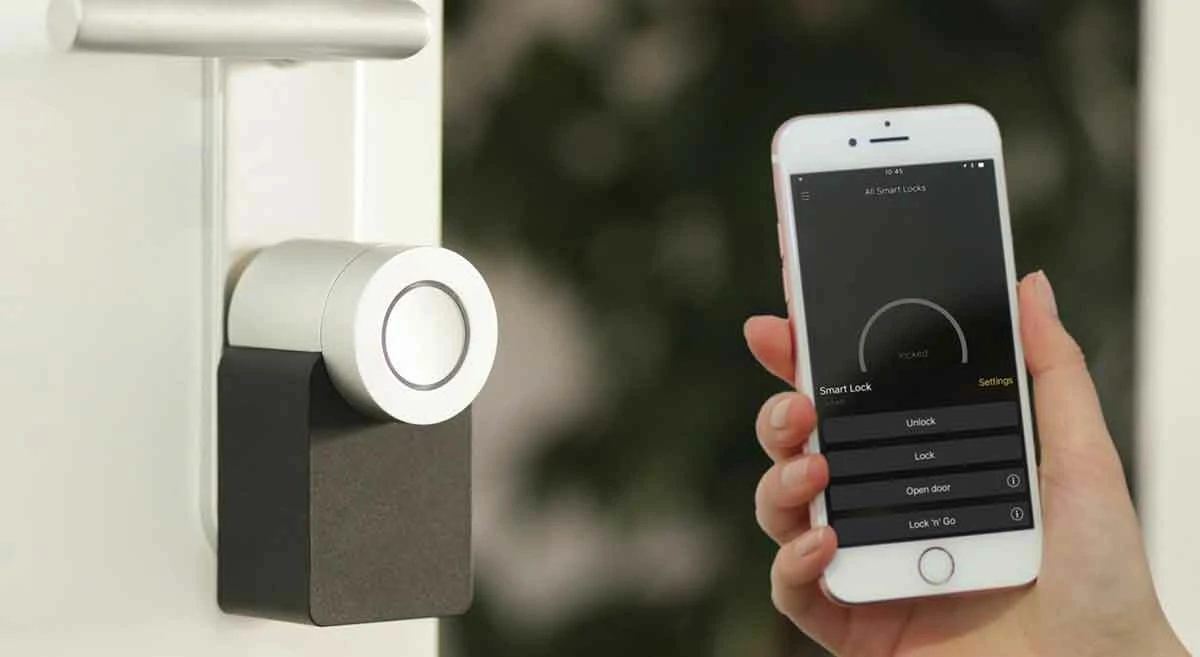
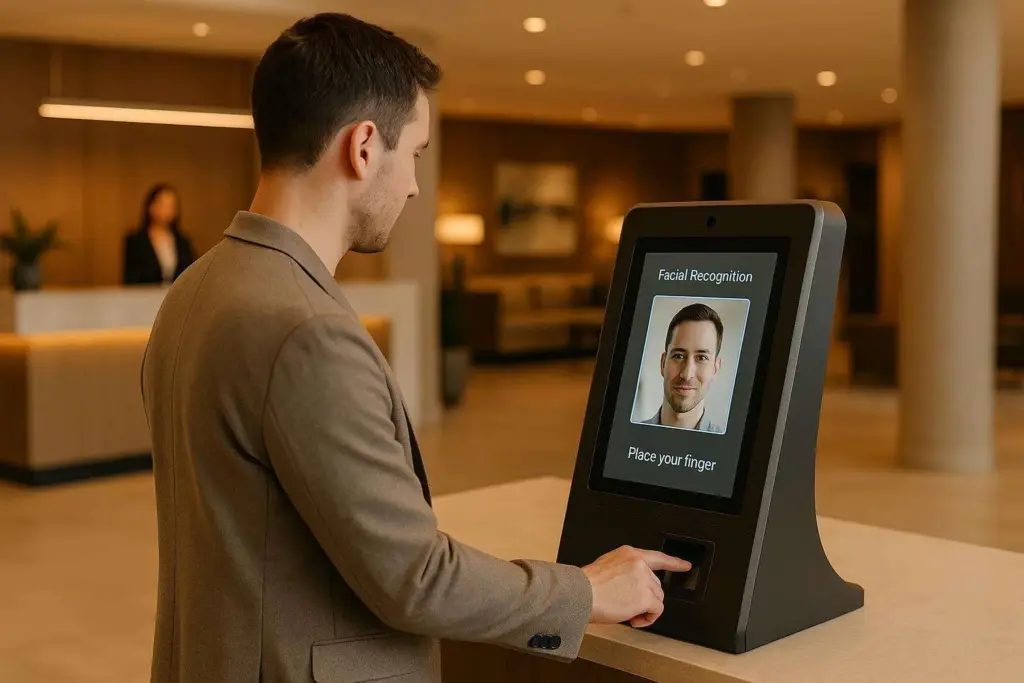
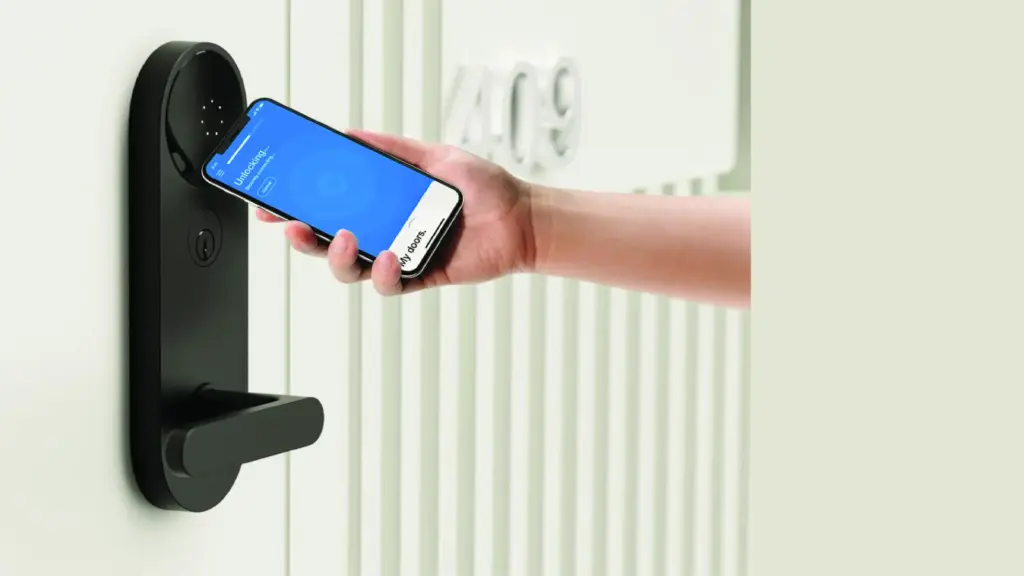
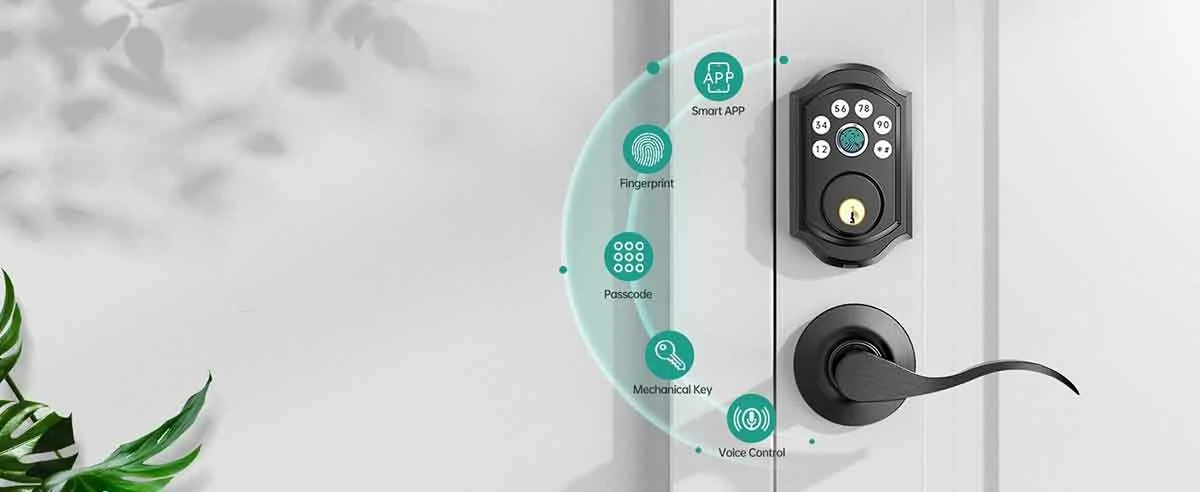
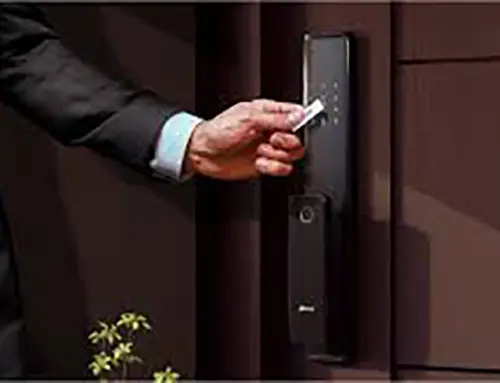

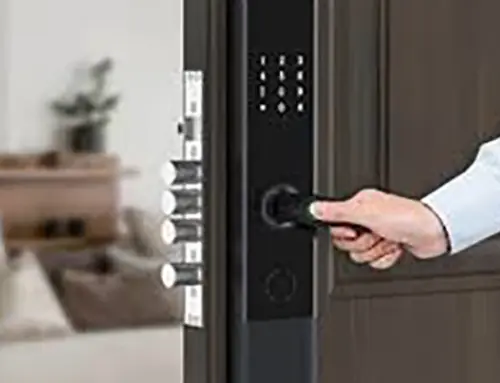


Leave A Comment